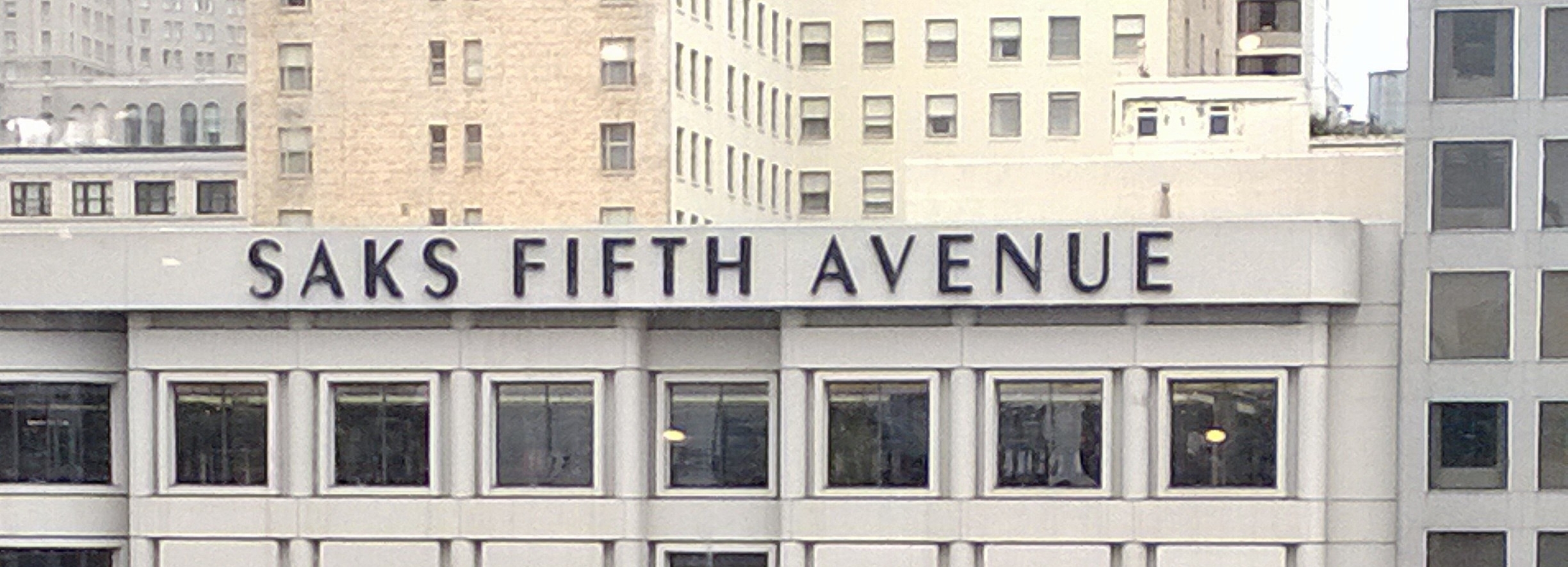Marina Cove, the largest of the coves, has – as we know – the marina used by the residents of all the coves. Narrow lanes snake through the forested slope above the cove, where some of the first settlers built their homes. These homes – or “cottages” as they are now called, have become the summer homes of their descendents. The first settlers also built retaining walls to shore up the soil on which the town was built, as well as the edges of the cove. Later before the governing fathers prohibited the practice, homes were built on the arms of the cove. It was one of these that Gabrielle stood in front of as she looked out toward Skye Pointe.
The features of Marina Cove that are a part of the story in the next novel (I’ll just call it SP2) are its northern and southern tombolos. The retaining walls on the north arm of the cove unfortunately have the side effect of starving the northern tombolo. Fifteen years before the events in Sunrise on the Pier and most of the events in SP2, the tombolo finally crumbled and all that is left is a tiny island that gets smaller every year and will eventually disappear. The southern tombolo is fed by the erosion of the land mass south of the cove and is stable.
The town itself is built along three parallel streets. The buildings on those streets are situated one above the other such that from the piers, it appears that there is only one street with multi-story buildings. The rays of the sunrise hit the east facing windows of the buildings, and are then reflected to the west facing windows of the buildings on the next lower street. The rays are then reflected and refracted back and forth among the windows, creating the phenomenon that the hero electrified in his painting, Sunrise on the Pier.


